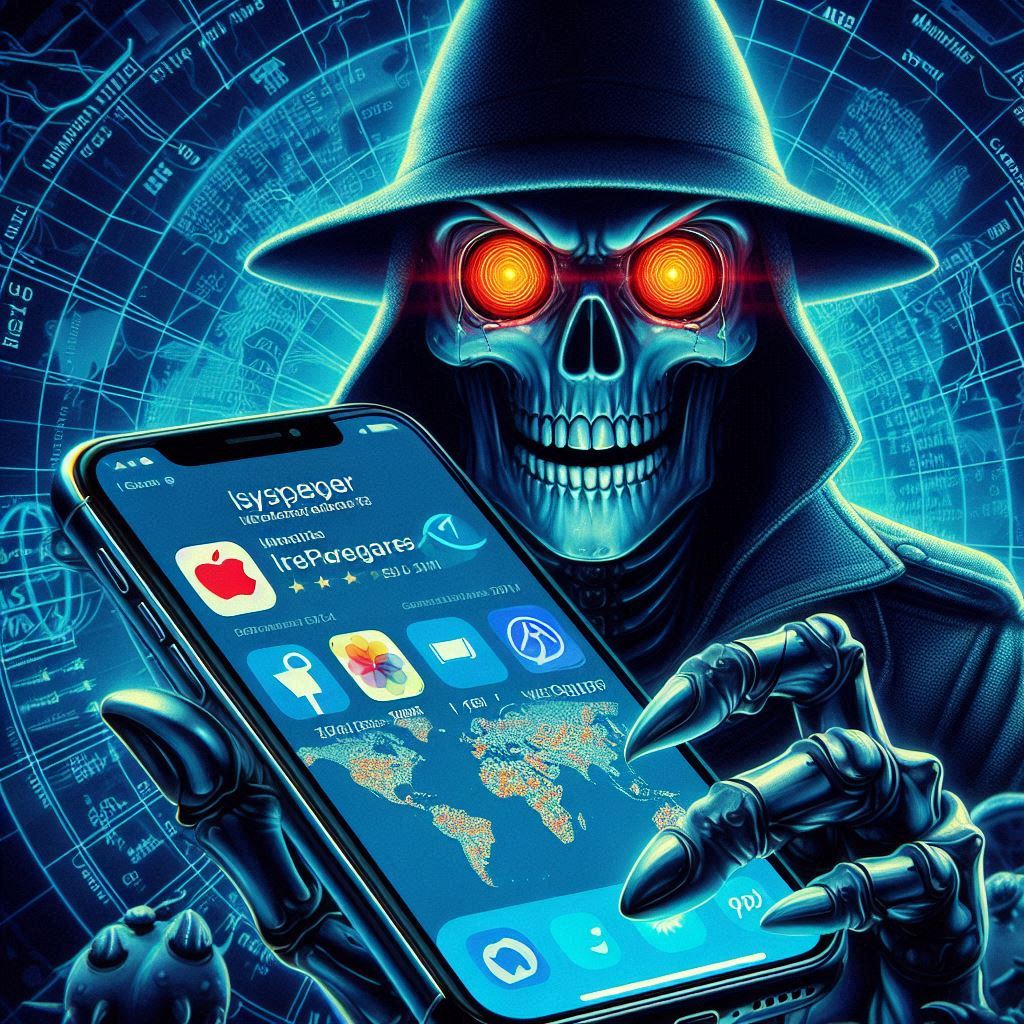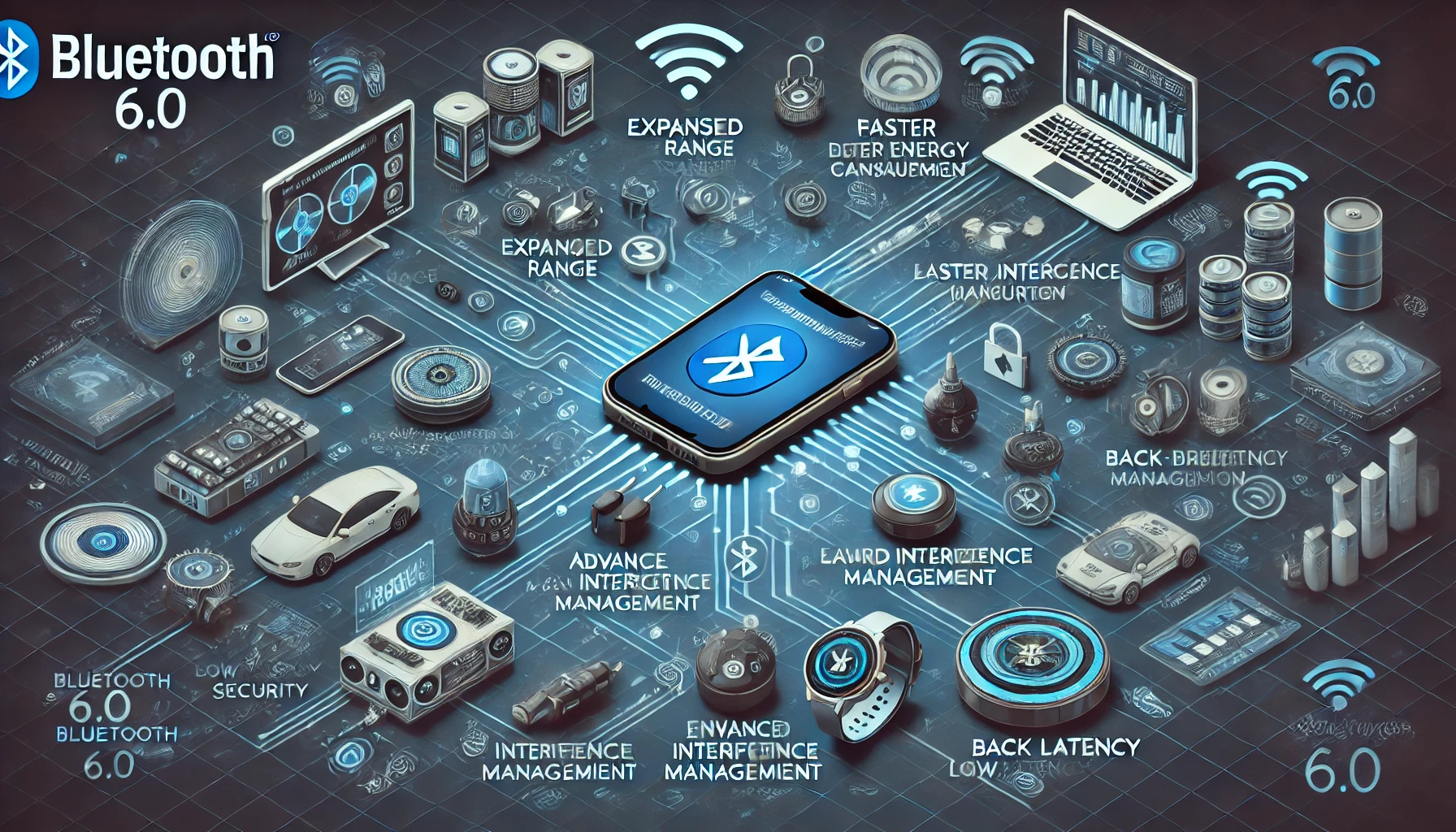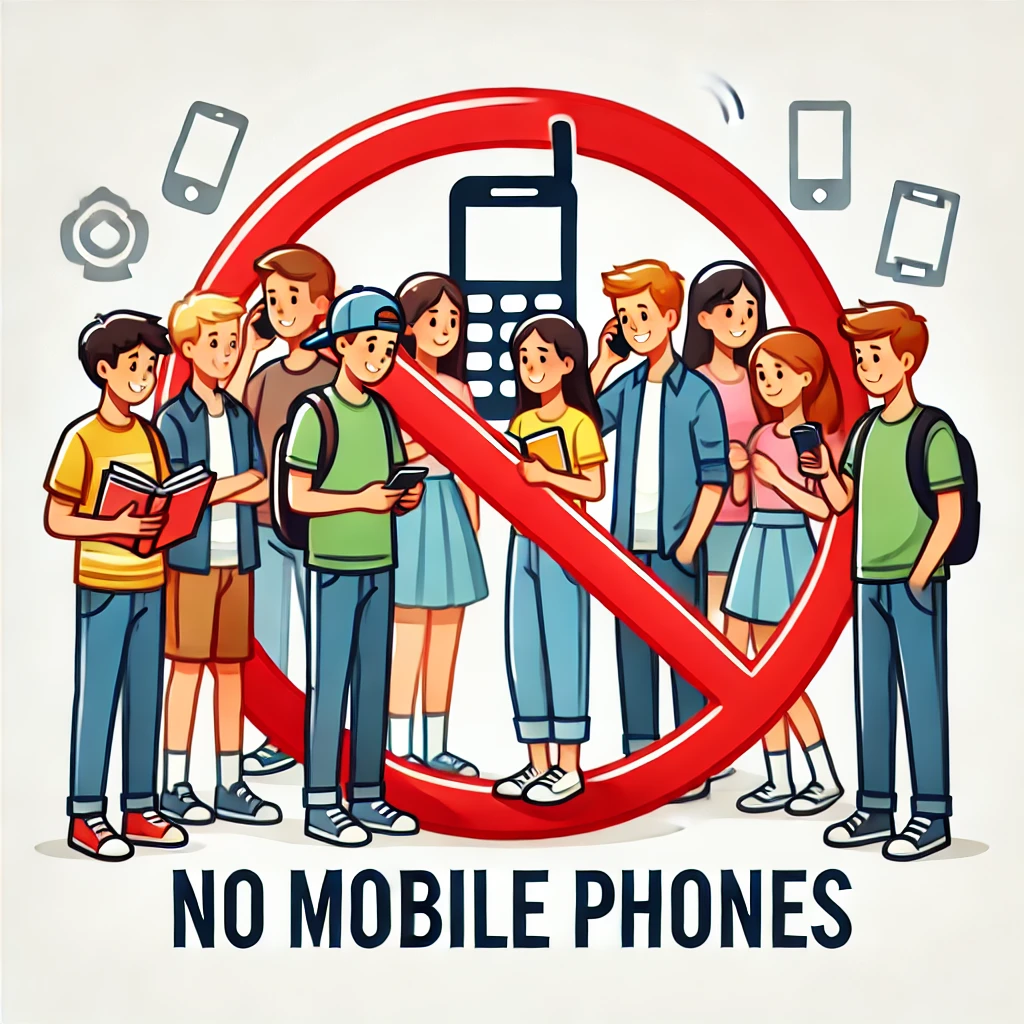Approximate Reading Time: 6 minutes
Apple has recently issued critical warnings to iPhone users across 92 countries about the risk of mercenary spyware. This sophisticated spyware, targeting high-profile individuals, poses a severe threat to data security. Below, we break down the essential details and protective measures recommended by Apple.

Content Overview
- Introduction
- Nature of the Mercenary Spyware
- Who is at Risk?
- Notification and Verification
- Apple’s Recommended Actions
- Understanding Mercenary Spyware
- Apple’s Protective Measures
- Global Response and Cooperation
- Conclusion
- Sources
- Disclaimer
Introduction
Apple Spyware Alert: Apple has recently alerted iPhone users in 92 countries about a severe spyware threat. This mercenary spyware targets individuals based on their profession and the sensitive information they handle.
Nature of the Mercenary Spyware
Mercenary spyware is developed by private companies and sold to state actors or other entities. It is designed to infiltrate iPhones, allowing attackers to access a wide range of personal data, including messages, emails, and even live conversations. Tools like the NSO Group’s Pegasus are prominent examples of this high-cost, sophisticated spyware.
Who is at Risk?
The primary targets of this spyware include journalists, activists, politicians, and diplomats. Apple’s alerts suggest these individuals are targeted due to their roles and the critical data they may possess. The attacks are highly targeted, focusing on those who are likely to have valuable information.
Notification and Verification
Apple has been proactive in notifying affected users through email and iMessage. Additionally, a threat notification appears on the Apple ID portal upon login, ensuring the authenticity of the alert. Apple reassures users of the high confidence it has in the accuracy of these notifications.
Apple’s Recommended Actions
- Enable Lockdown Mode: This feature significantly reduces the attack surface by limiting device functionalities.
- Update Software: Ensure your iPhone and all associated Apple devices are updated to the latest software versions.
- Seek Expert Help: Contact the Digital Security Helpline at Access Now for free technical support tailored to journalists, activists, and human rights defenders.
- Follow Best Practices: Use strong and unique passwords, enable two-factor authentication, download apps only from the App Store, and avoid opening suspicious links or attachments.
Apple emphasizes that enabling Lockdown Mode is crucial even if you have not received a direct notification, as it provides additional layers of protection against potential threats (MacRumors) (BleepingComputer).
Understanding Mercenary Spyware
Mercenary spyware attacks are sophisticated and well-funded. They are characterized by their high cost and advanced technology, often funded by wealthy entities. These attacks are meticulously designed to evade detection, making them a formidable challenge for security systems.
Apple’s Protective Measures
Apple continues to refine its security measures to counteract these threats. The recent updates to its support page highlight the shift from “state-sponsored” to “mercenary spyware,” reflecting a broader spectrum of potential attackers. The company assures users that it employs robust methods to detect spyware activity and promptly inform users to mitigate risks.
Global Response and Cooperation
The widespread nature of these attacks has prompted a coordinated response from various security organizations and Apple itself. By providing clear guidelines and support, Apple aims to empower users to take proactive steps in safeguarding their information.
Conclusion
The emergence of mercenary spyware underscores the evolving landscape of digital threats. Apple’s recent notifications serve as a crucial reminder of the importance of vigilance and proactive security measures. By following the recommended actions and staying informed, users can better protect themselves against these sophisticated attacks.
Sources
Disclaimer
This article is based on information from various reputable sources. The author does not hold any responsibility for the accuracy of the data provided. Always refer to the official guidelines and support from Apple for the most accurate and personalized advice.




